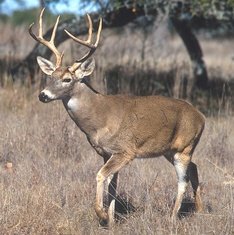Featured Quizzes
User Quizzes
Create Quiz
Data and Charts
Badges and Games
About JetPunk
JetPunk Shop
Dark Mode
Random Mode
Keyboard shortcut: Command/Ctrl + Shift + R

Largest Land Animals of the Americas
Name every type of land animal native to the Americas where typical adults can reach a weight of over 100 lbs (about 45 kilograms).
Includes domestic animals that were native to the Americas
Not including introduced species. Also doesn't include humans.
One of the Ursidae is debatably an aquatic animal
Rate:
Featured Quiz
Last updated: January 11, 2020
You have not attempted this quiz yet.
More quiz info >>
| First submitted | October 11, 2016 |
| Times taken | 17,666 |
| Average score | 50.0% |
| Rating | 4.34 |
5:00
Enter answer here
0
/ 24 guessed
Time Used
00:00
Best Time
00:00
The quiz is paused. You have remaining.
Scoring
You scored / = %
This beats or equals
% of test takers
also scored 100%
The average score is
Your high score is
Your fastest time is
Keep scrolling down for answers and more stats ...
|
|
|
||||||||||||||||||||||||||||||||||||||||||||||||||||||||||||||||||||||||||||||||||||||
New and Popular
Save Your Progress
Copyright H Brothers Inc, 2008–2024
Contact Us | Go To Top | View Mobile Site

I had to look it up, turns out that the Kodiak bear, and wood bison/plains bison are subspecies, so I can't fault you for not including them.
Very nice quiz by the way, would be intersting the european, african asian and oceanian version, maybe more difficult to define.
https://en.wikipedia.org/wiki/Giant_armadillo
I imagine my dog wouldn't be chasing those, unlike their Texas cousins.
Mule Deer